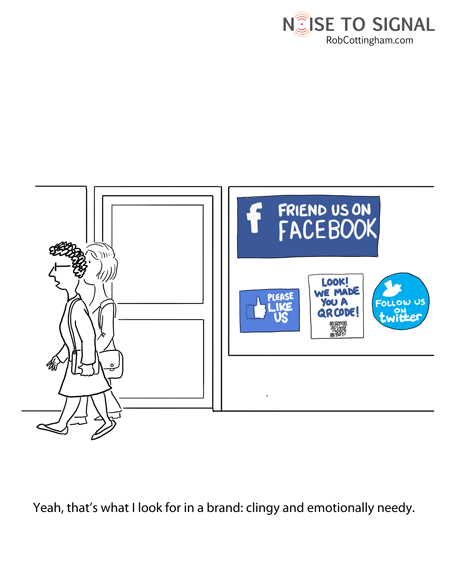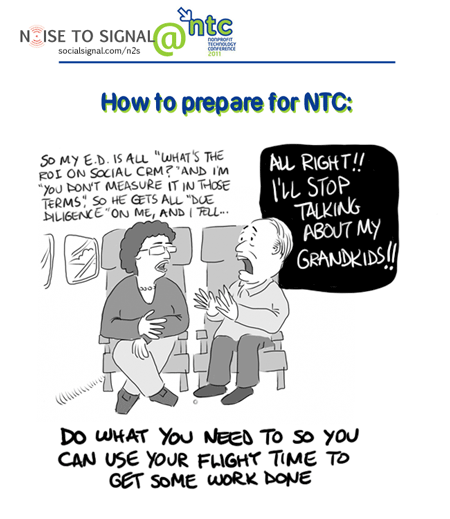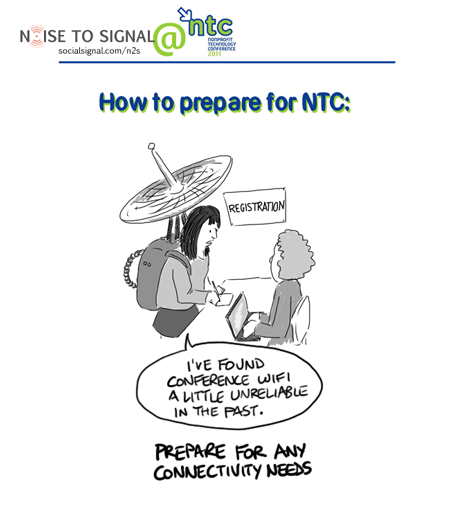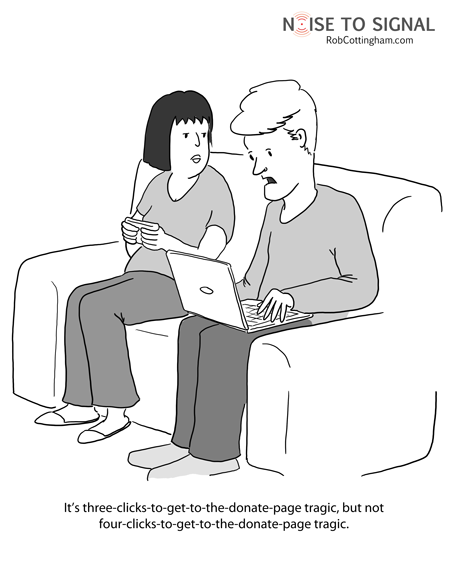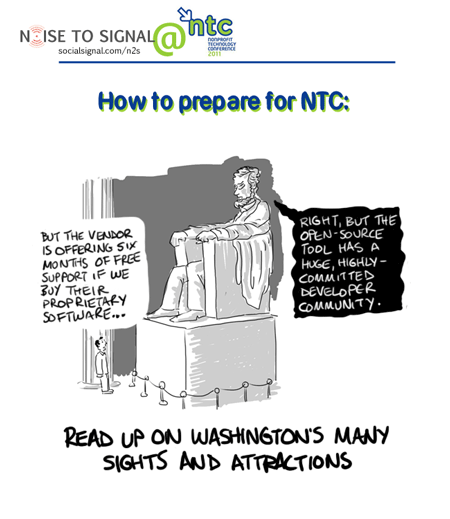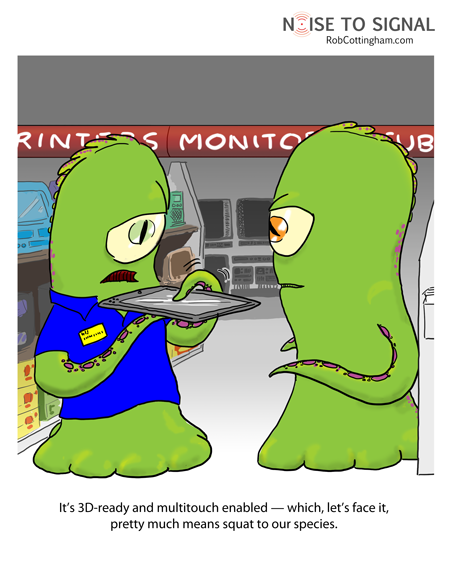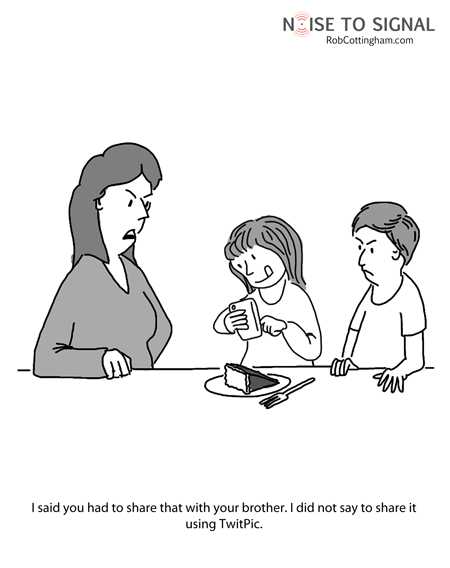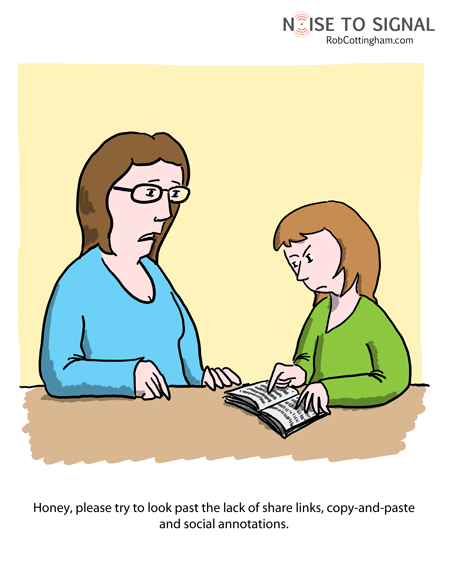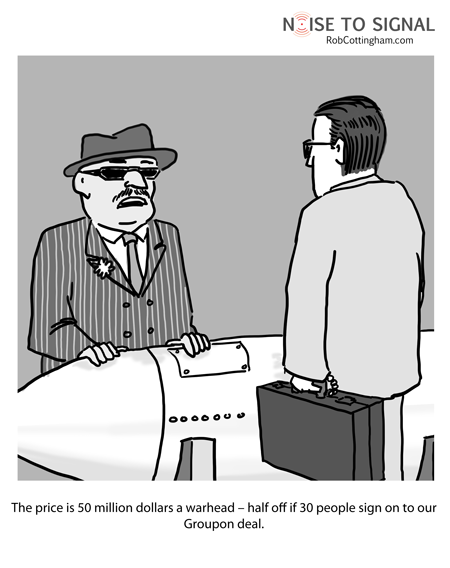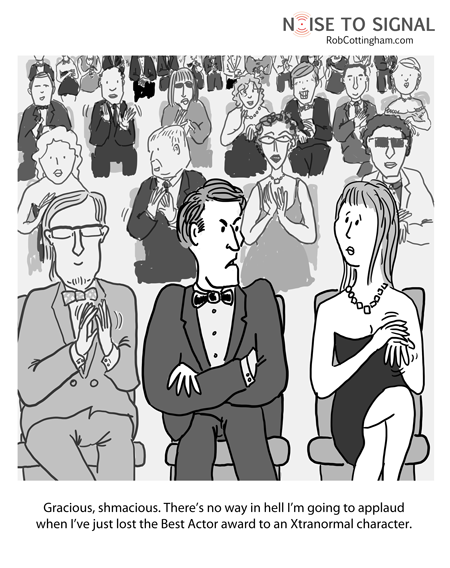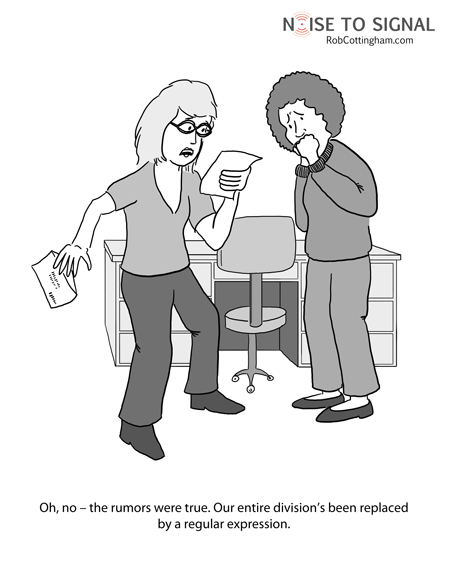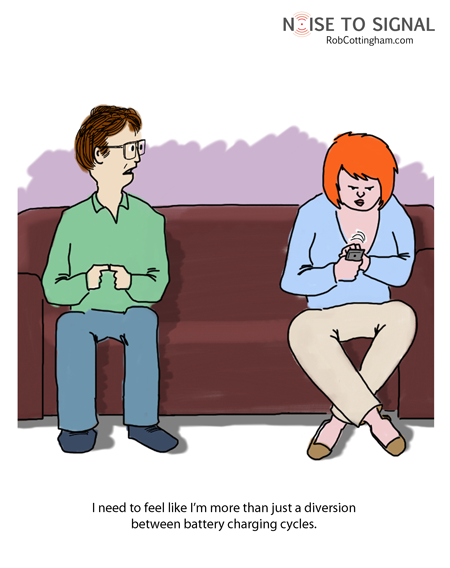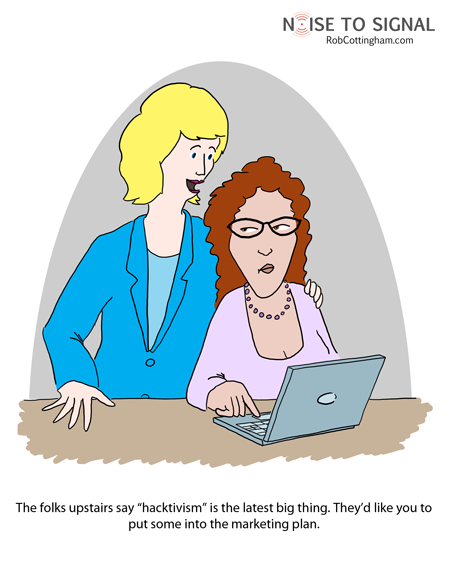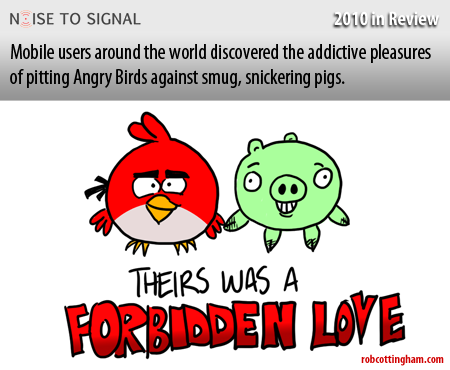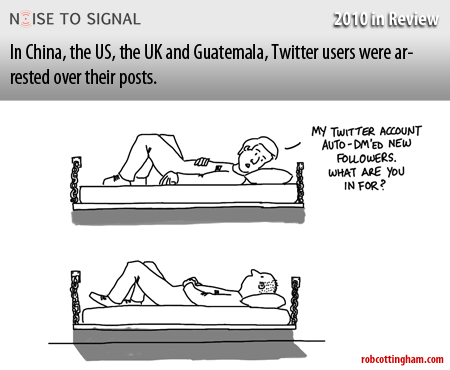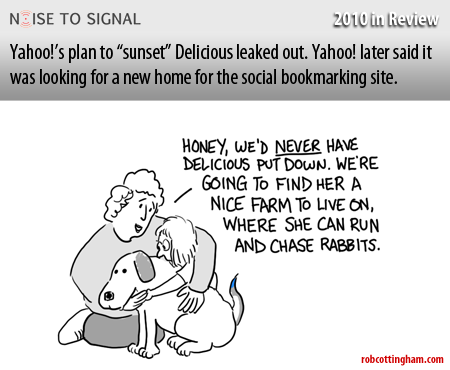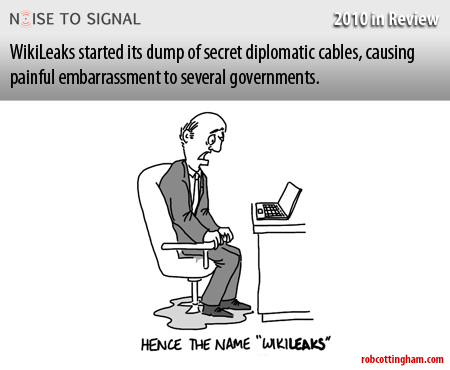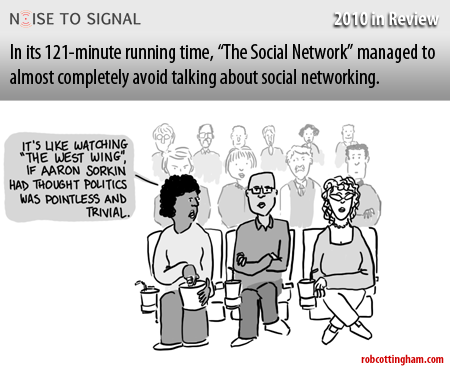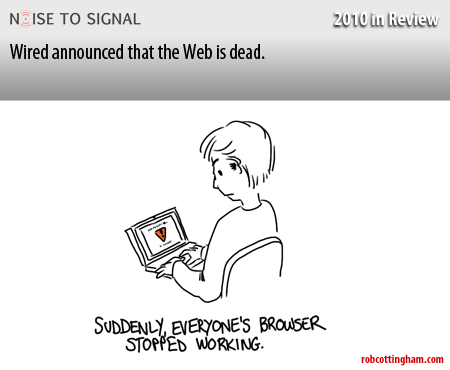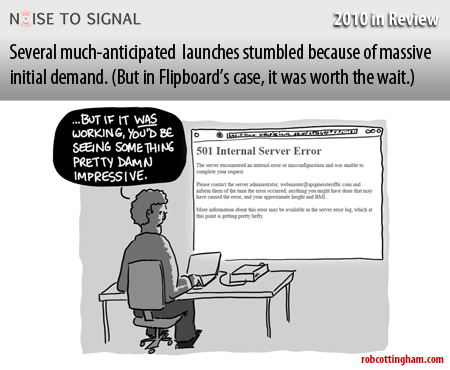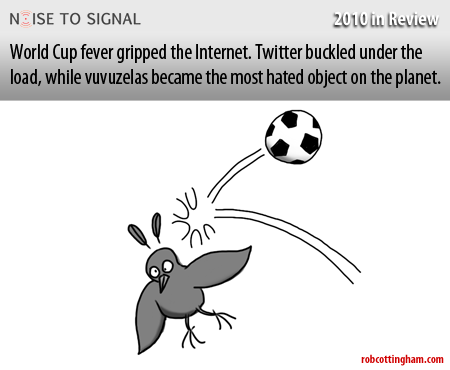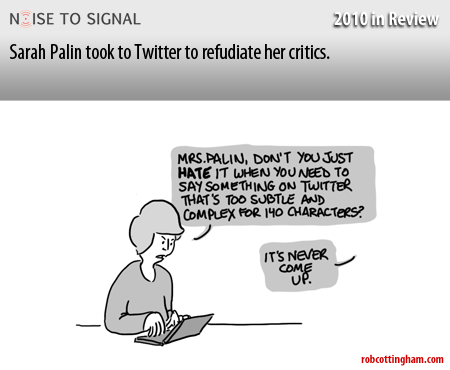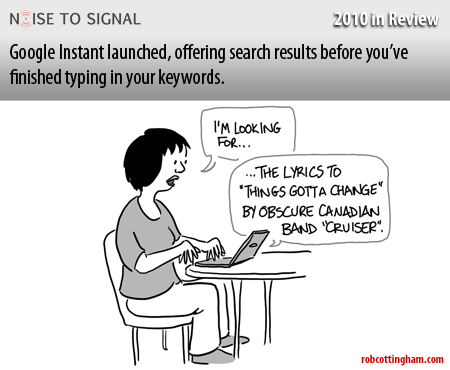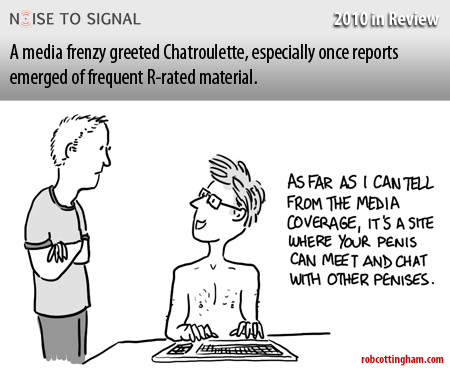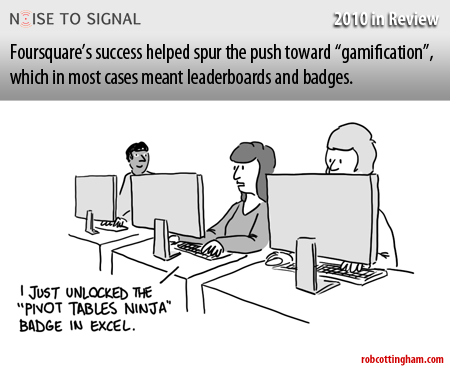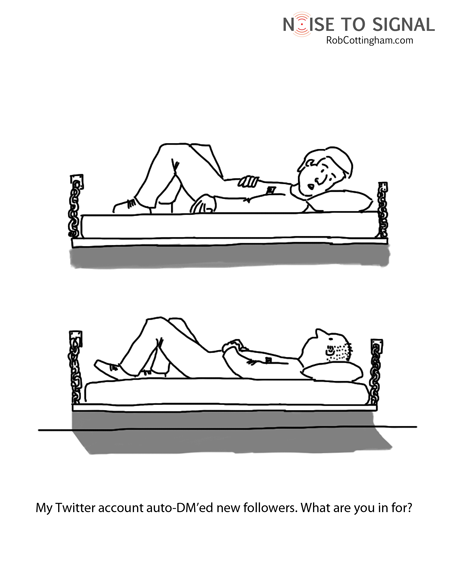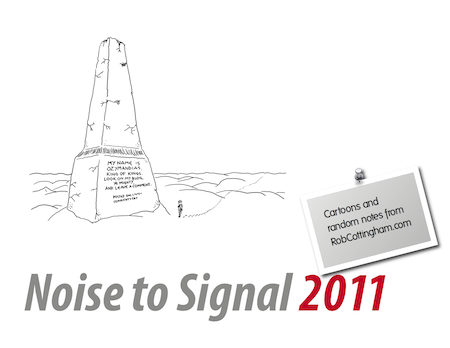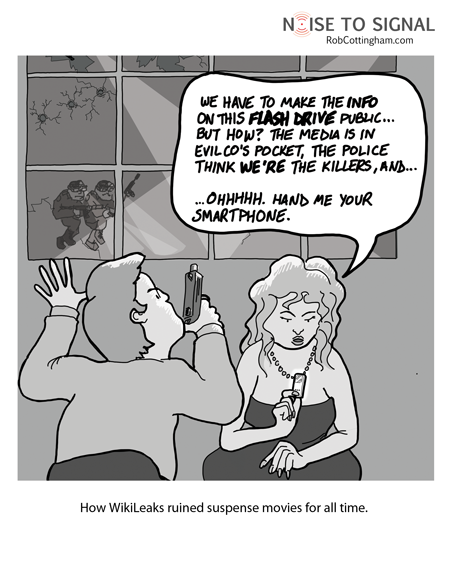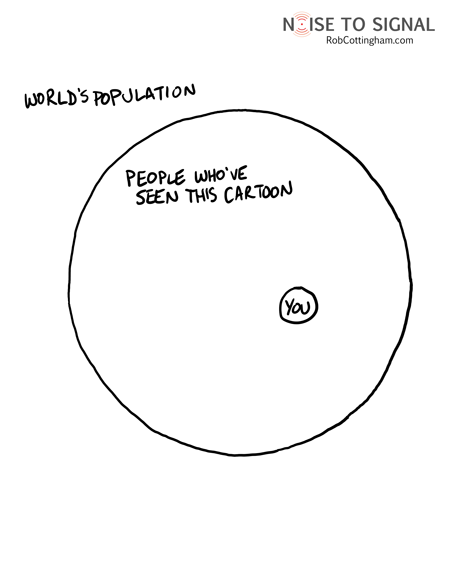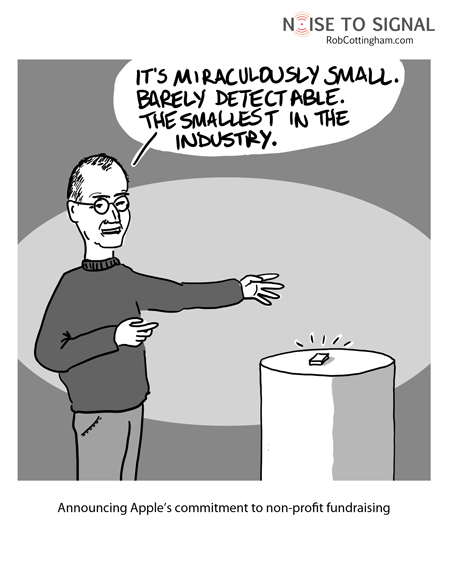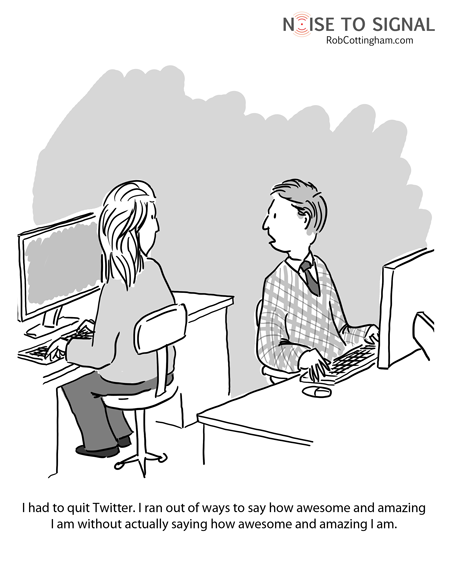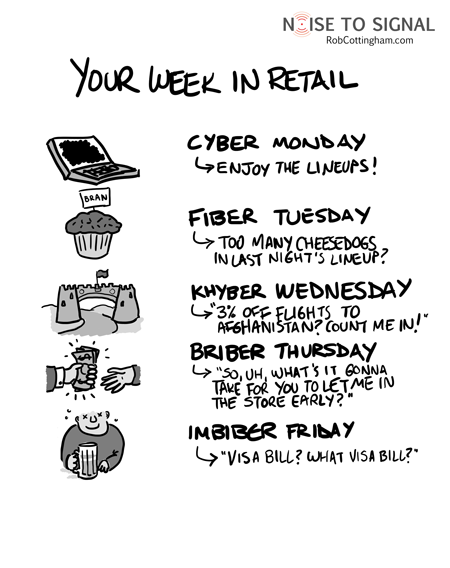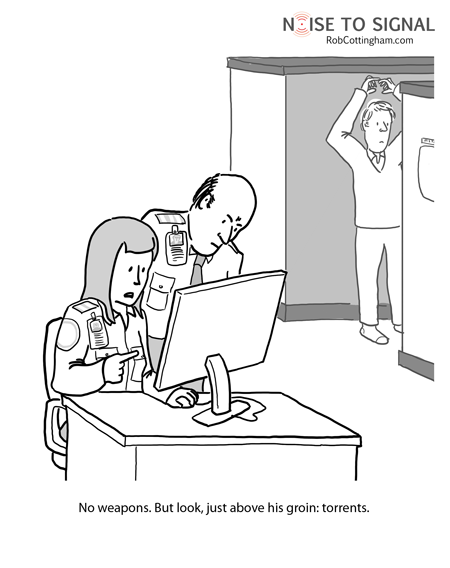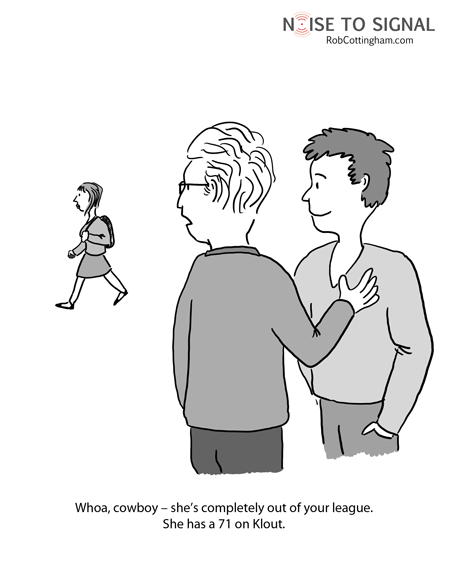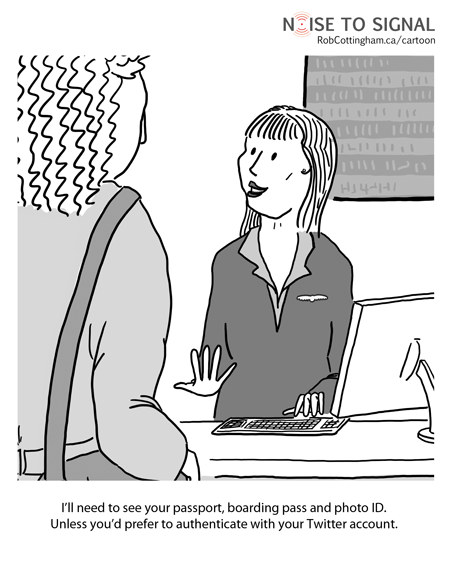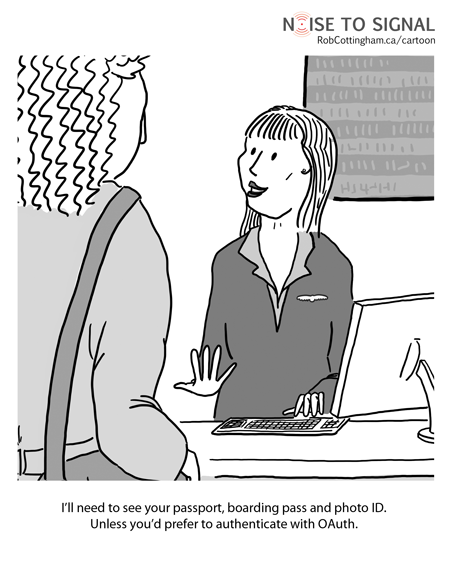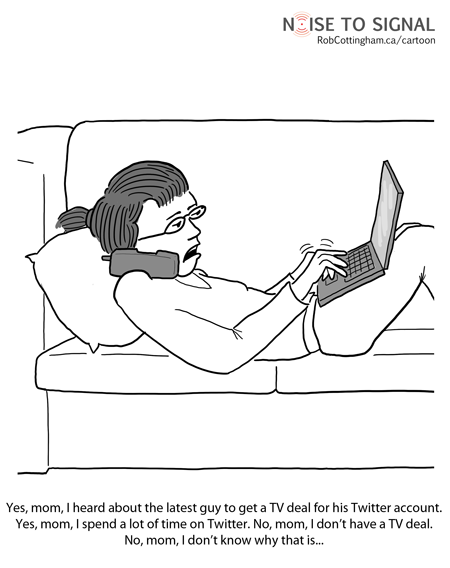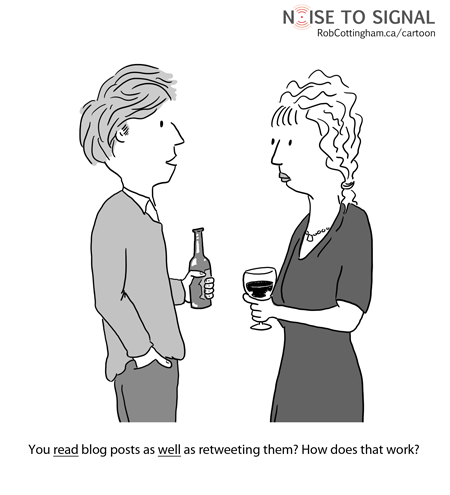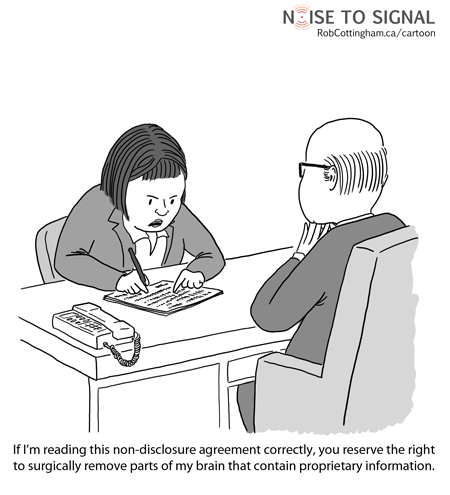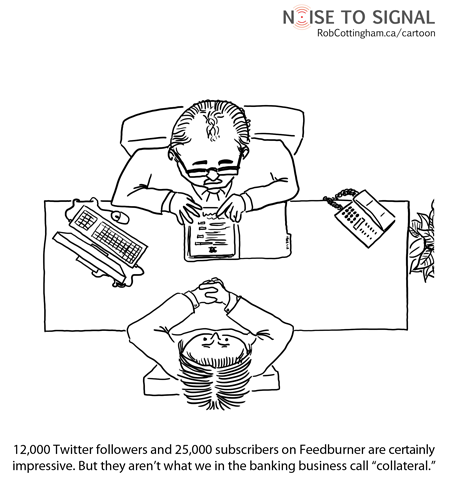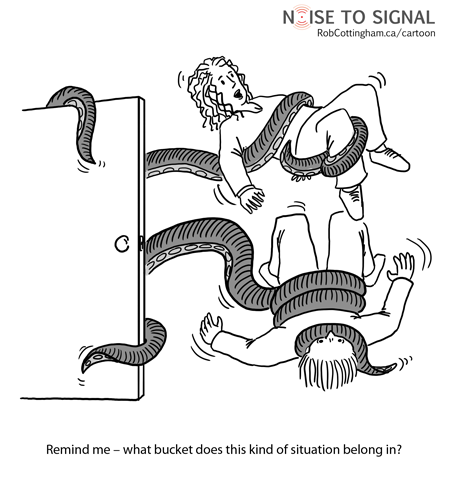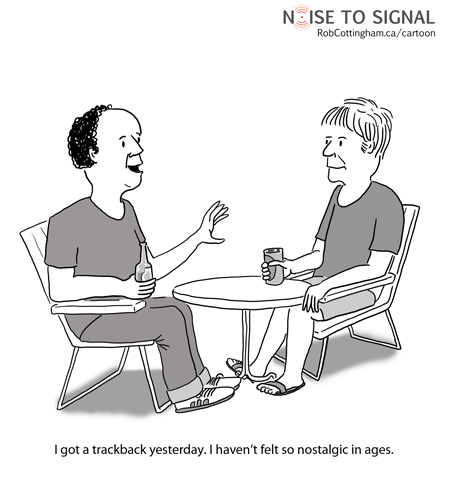(My thanks to Beth Kanter for spurring this cartoon and post!)
If you think of Apple, you may well think of great design, fantastic usability, innovation and just plain coolness. But one thing you probably don’t think of is philanthropy.
Steve Jobs and Apple have come under frequent fire for a lack of visible generosity in charitable contributions. But let’s leave the debate over whether their reputation is well-deserved or not for another time. (“Dammit, Rob, they gave the world the one-button mouse – isn’t that enough?!”)
Instead, let’s talk about Apple’s less-than-open attitude toward charitable giving on the iPhone. (Can I call it iPhilanthropy? No?)
You would think that charitable giving would be a no-brainer. A built-in payment mechanism, beautifully simple UI, countless ways to creatively employ things like location… it should add up to a huge leap forward for non-profits hoping to raise funds.
But before an app can raise any money, it has to clear a hurdle: the iPhone App Store. Only approved applications can make it onto iPhones (at least, the ones that haven’t been jailbroken), and approval hasn’t been forthcoming for charitable apps. The restrictions on just what kind of pitch you can make, and how, are remarkable.
You can’t promise to do anything outside the app itself (as an organization that promised to plant a tree for every app they sold discovered). And you can’t have in-app donations… so there goes nearly all of the benefit of using the iPhone for fundraising. The 30-per-cent cut Apple takes from any transaction through the store is just the coup de grace in deterring iPhone-enabled donations.
Non-profit tech visionary Beth Kanter has taken up the cause of convincing Apple to change its tune. (She’s also announced her intention to bail on her iPhone once the contract expires, and make the jump to Google Android, if things don’t change.) An online petition backing that position has already garnered more than 1,300 signatures.
In fairness to Apple, the company wants to ensure its customers don’t get scammed. But as developer Jake Shapiro pointed out in June, “The excuse that ‘Apple doesn’t want to be held responsible for ensuring that the charitable funds make it to the final destination‘ is a cop-out. Google Grants has tackled this already, and organizations like TechSoup and Guidestar do a sophisticated job of authenticating nonprofits and charities worldwide. Apple, of all companies, can’t credibly say it’s not up to the technical and logistical challenge.”
Apple is, after all, the company of cool… and what’s more, the company of helping people do amazing things with extraordinary tools. Imagine if making charitable giving possible was just their first step… and if Apple brought the same degree of imagination and brilliance that gave us the simplicity and power of OS X, iMovie and iOS to bear on philanthropy.

